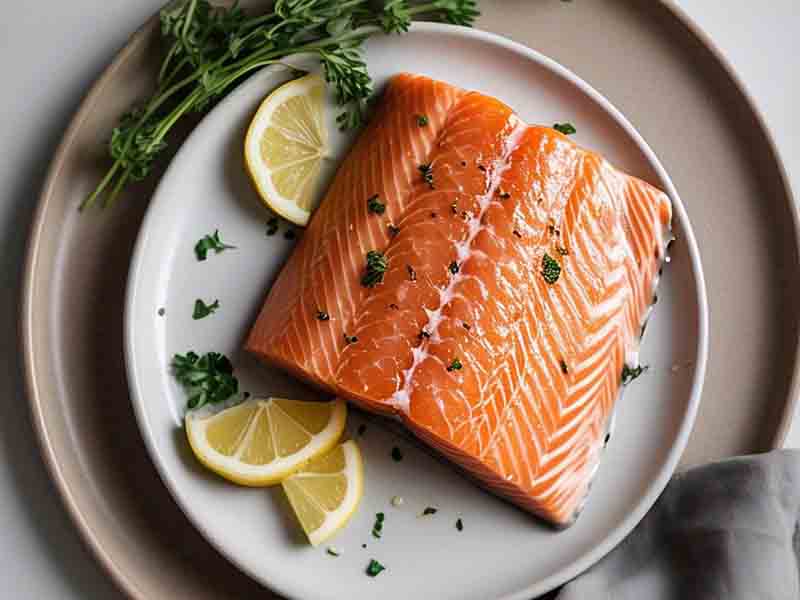
Chamberlainsoflondon – Farmed salmon has become a staple in many diets due to its widespread availability and affordability. However, when compared to wild-caught salmon, farmed salmon raises concerns, particularly regarding its nutritional profile and potential contamination. One of the key issues that has been debated in recent years is the higher levels of contaminants found in farmed salmon, such as polychlorinated biphenyls (PCBs) and dioxins, which may pose health risks for consumers. As the demand for salmon continues to rise, the debate around farmed versus wild-caught salmon has only intensified.
When it comes to contaminants, farmed salmon is often considered riskier than its wild-caught counterpart. Farmed salmon are typically raised in controlled environments, where they are fed a mixture of pellets, including fishmeal, that may contain environmental pollutants. These pollutants, including PCBs and dioxins, can accumulate in the fish’s fat tissues. PCBs, which are banned in many countries, are known to have harmful effects on human health, including an increased risk of cancer, endocrine disruption, and neurological problems. Dioxins, another class of toxic compounds, can also have severe long-term effects on the immune system and reproductive health.
Studies have shown that farmed salmon tends to have higher levels of these contaminants compared to wild-caught salmon. The higher fat content in farmed salmon, which is often a result of the fish’s diet, acts as a storehouse for these toxins. Although the levels of PCBs and dioxins found in farmed salmon are generally within the safety limits set by food safety authorities, concerns about the long-term effects of regular consumption remain.
“Logistics Transformation, The Role of Digitalization and Technology”
One of the key reasons people turn to farmed salmon is its reputation as a rich source of omega-3 fatty acids, which are known for their heart-health benefits. However, the nutritional composition of farmed salmon differs from that of wild-caught salmon, particularly in terms of fat content. It typically contains higher levels of fat, especially omega-6 fatty acids, which can be less beneficial to health when consumed in large quantities.
On the other hand, wild-caught salmon tends to have a leaner profile with higher levels of omega-3s relative to omega-6s. Making it a more balanced option for those concerned about their overall fat intake. While both farmed and wild-caught salmon are excellent sources of protein and micronutrients such as vitamin D and selenium. The difference in fat content can influence the overall health benefits. Consumers who prioritize heart health may choose wild-caught salmon to avoid the potentially negative effects of an imbalance between omega-3 and omega-6 fatty acids.
The debate surrounding salmon also extends beyond nutrition to environmental and ethical concerns. Salmon production can have significant ecological impacts. Such as water pollution, disease transmission, and the depletion of wild fish populations used to create fish feed. Large-scale fish farming operations can contribute to the degradation of marine ecosystems, which raises concerns for sustainability.
Wild-caught salmon, by contrast, is often seen as a more natural and environmentally-friendly option. As it is harvested from the wild and does not contribute to the environmental stresses associated with farming practices. However, overfishing in some areas has led to the depletion of wild salmon populations. Making responsible sourcing and certification programs, like the Marine Stewardship Council (MSC). Increasingly important for ensuring the sustainability of wild salmon fishing.
The nutritional debate between farmed and wild-caught salmon hinges on several factors. Including the levels of contaminants, fat content, and environmental considerations. While it remains a popular and affordable choice. The higher levels of harmful substances and its environmental footprint make it a more controversial option. Those seeking the healthiest and most sustainable choice may want to consider factors such as sourcing, certification, and personal dietary needs before making their decision.
“Reedsport Sewer Line Upgrade Wednesday”
